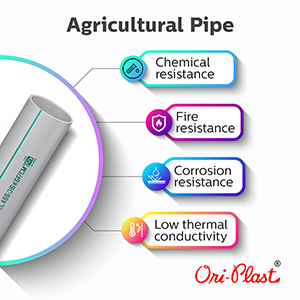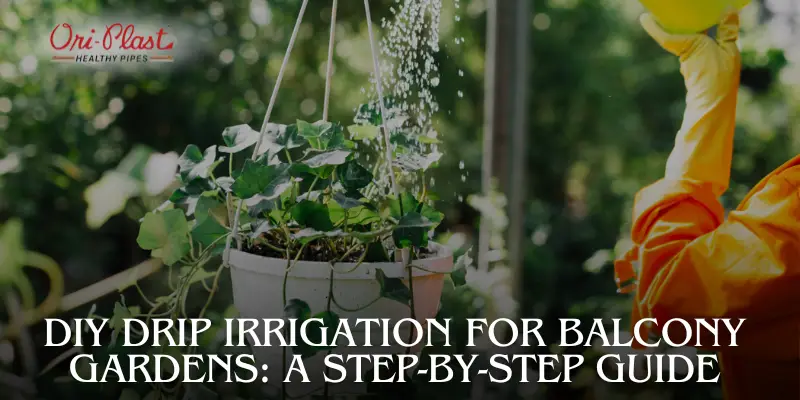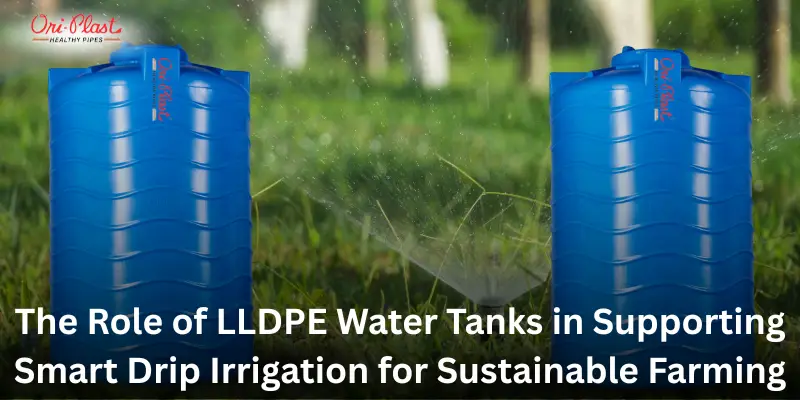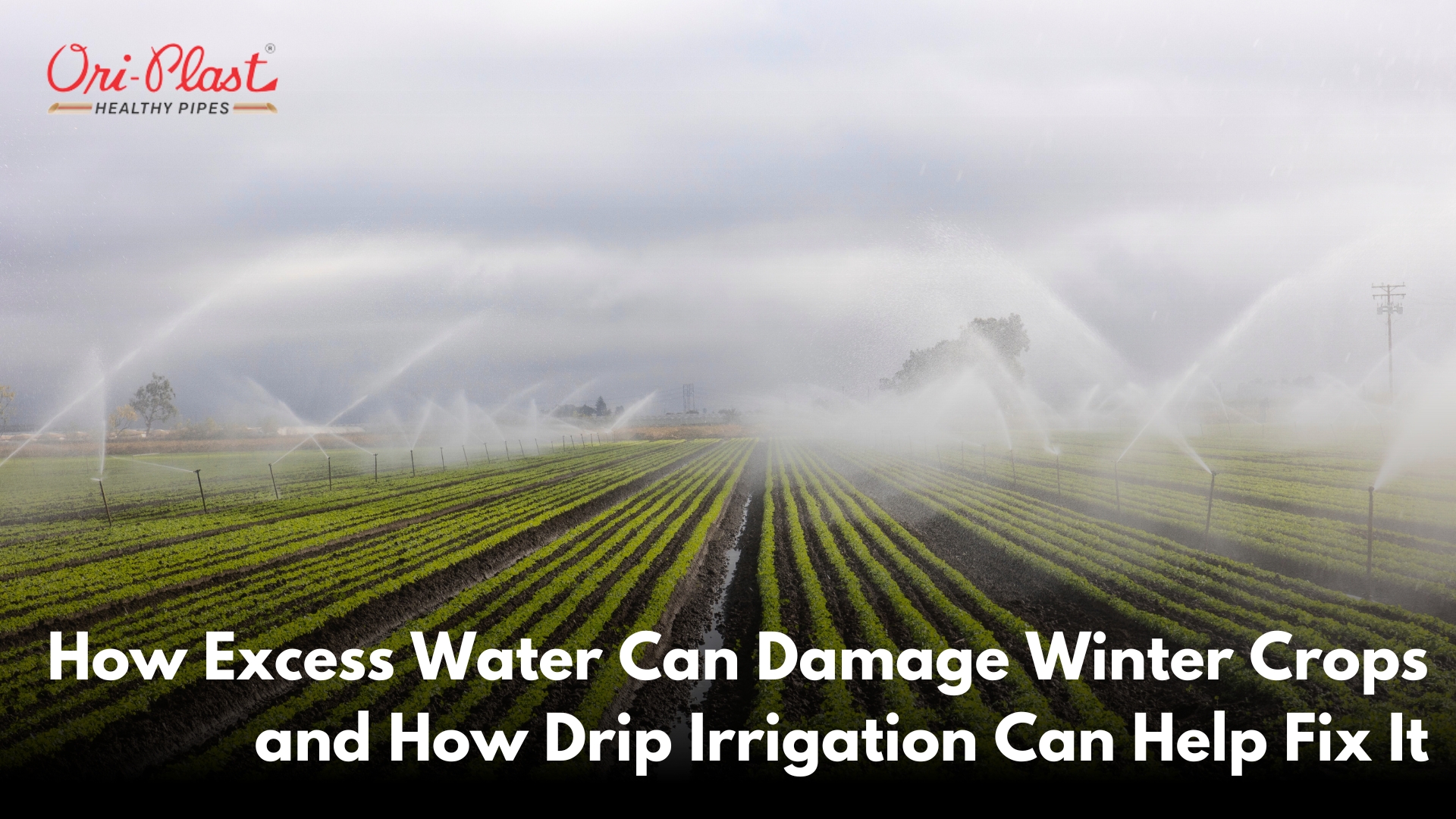Choosing the right irrigation pipe is a major decision in farming. With numerous options available, selecting the best type of pipe affects water usage, crop yield, and the overall efficiency of irrigation systems. This guide dives into the types of irrigation pipes, what factors to consider when choosing one, and the benefits of making the right choice for your farm.
Why Is Choosing the Right Irrigation Pipe Important?
The type of irrigation pipe you use directly impacts your farm’s productivity, water efficiency, and cost management. Using a suitable pipe ensures that water reaches crops evenly, reducing water wastage and boosting crop growth. Poor-quality or incorrectly chosen pipes, on the other hand, may lead to water leaks, clogs, and increased maintenance costs. Therefore, selecting the right pipe is key to sustaining an efficient and effective irrigation system.
What Are the Common Types of Irrigation Pipes?
Various materials are used to create irrigation pipes, each with its pros and cons. Here are some of the most popular options:
1. PVC (Polyvinyl Chloride) Pipes
PVC pipes are lightweight, durable, and easy to install, making them popular in agriculture. They’re commonly used for underground systems and are resistant to corrosion and chemicals, which means they can last for years.
2. HDPE (High-Density Polyethylene) Pipes
HDPE pipes are flexible and resistant to both corrosion and high pressure, making them ideal for larger farming areas. They’re also UV-resistant, which helps them withstand prolonged sun exposure without degrading.
3. LDPE (Low-Density Polyethylene) Pipes
LDPE pipes are known for their flexibility, making them easy to handle and adjust. They are commonly used for drip irrigation systems because they can be bent around plants and rows.
4. Metal Pipes
Metal pipes, such as galvanized steel or aluminum, are highly durable and often used in farms with high-pressure irrigation systems. However, they’re generally more expensive and can be prone to rust if not maintained properly.
5. Lay Flat Hoses
Lay flat hoses are flexible, easy to store, and quick to install, ideal for temporary irrigation setups. They’re commonly used for distributing water across a field and are often used in portable or movable systems.
Where Should Different Pipes Be Used?
Knowing where each type of pipe works best helps optimize the irrigation process. Here’s a breakdown:
- PVC Pipes: Ideal for underground piping and main lines in permanent systems. They work well for sprinkler irrigation but aren’t suited for high-mobility systems due to their rigidity.
- HDPE Pipes: Versatile and suitable for various areas, including both underground and above-ground systems. They’re great for drip and sprinkler systems, especially in larger fields.
- LDPE Pipes: Perfect for row-based crops and drip irrigation as they can be moved and adjusted easily.
- Metal Pipes: Used in high-pressure areas or farms where durability and longevity are prioritized. These are generally used in stationary systems rather than movable ones.
- Lay Flat Hoses: Ideal for temporary irrigation setups or movable systems, often in places where water distribution needs to be flexible.
Which Factors Should You Consider When Choosing an Irrigation Pipe?
To make the right decision, consider these critical factors:
Crop Type
Different crops have different water needs, which affects the choice of pipe. For instance, crops like rice that require standing water might benefit from larger pipes and higher pressure systems, while row crops like vegetables may do well with drip or sprinkler systems using LDPE or PVC pipes.
Field Size and Shape
For large, open fields, HDPE pipes can be cost-effective due to their durability and flexibility. Smaller fields with row-based crops may work better with LDPE pipes due to their ease of handling and installation around tight spaces.
Water Pressure Requirements
High-pressure systems typically require durable materials like metal or HDPE. On the other hand, lower-pressure systems for drip irrigation can use LDPE or PVC pipes without issues.
Climate Conditions
Consider UV resistance for areas with high sun exposure. HDPE pipes are ideal in such conditions, while PVC might degrade if exposed for prolonged periods. For colder climates, ensure the chosen pipes are resistant to freezing, as water expansion could cause them to crack.
Budget Constraints
Cost is a practical consideration for most farmers. While HDPE and metal pipes offer durability, they are more expensive. PVC and LDPE pipes are affordable options and provide good durability but may require more frequent replacement in certain conditions.
What Are the Benefits of Choosing the Right Irrigation Pipe?
The right irrigation pipe benefits the farm in several key ways:
Efficient Water Distribution
An appropriate irrigation pipe helps distribute water evenly across the field, ensuring that every plant receives the required amount of water. This leads to uniform crop growth and minimizes water wastage.
Reduced Maintenance Costs
Choosing durable materials can reduce the need for frequent replacements and repairs. HDPE pipes, for instance, are highly resistant to wear and tear, helping farmers save on long-term maintenance expenses.
Higher Crop Yield
When crops receive adequate water at the right intervals, they thrive. A well-chosen pipe contributes to this by ensuring a reliable water supply, which boosts crop productivity and increases yield.
Environmental Benefits
Efficient irrigation reduces water wastage, conserving valuable resources. Drip systems with LDPE pipes, for example, release water directly to the roots, minimizing runoff and evaporation. This makes farming more sustainable and environmentally friendly.
Lower Operational Costs
Efficient irrigation systems help cut down on water usage, lowering water bills. Additionally, fewer repairs mean less time and money spent on fixing the irrigation setup, allowing farmers to focus on other important tasks.
How Do Different Pipe Materials Impact Longevity and Efficiency?
Each type of pipe material affects the longevity and overall efficiency of the irrigation system:
- PVC: Lasts long underground but can degrade if exposed to UV rays. Excellent for static systems that don’t require frequent adjustments.
- HDPE: High durability with UV resistance, suitable for both underground and above-ground applications.
- LDPE: Flexible but less durable than HDPE. Ideal for systems where mobility and flexibility are needed.
- Metal Pipes: Very durable, especially in high-pressure systems, but can rust if not coated or maintained well.
- Lay Flat Hoses: Useful for short-term use; not as durable as rigid pipes but highly flexible for temporary setups.
Which Pipe Is Best for Drip vs. Sprinkler Irrigation?
Different irrigation systems have specific requirements:
- Drip Irrigation: LDPE pipes are generally the go-to for drip systems because they can be easily maneuvered around plants. HDPE is also compatible with drip irrigation and can be used for larger setups.
- Sprinkler Irrigation: PVC or HDPE pipes are typically used for sprinkler systems, as they can handle moderate to high water pressure. Metal pipes can be used in stationary, high-pressure systems where durability is essential.
Why Is Pipe Sizing Important in Irrigation?
Choosing the correct pipe size impacts water flow and pressure. Larger pipes allow more water to flow at a lower pressure, which is ideal for large fields with extensive water needs. Smaller pipes, meanwhile, work well for low-pressure systems like drip irrigation, where water flows at a controlled rate. Incorrect pipe sizing can lead to water wastage, reduced system efficiency, and even crop damage due to inconsistent water distribution.
How Can You Maintain Irrigation Pipes for Longevity?
To extend the lifespan of your irrigation pipes, consider these maintenance tips:
- Regular Inspection: Check for leaks, clogs, and cracks periodically. Small leaks can quickly grow if not addressed.
- Proper Storage: For seasonal pipes like lay flat hoses, store them properly to prevent damage. Avoid exposure to sunlight when not in use.
- Cleaning: Flush out dirt and sediment regularly, especially in drip systems that are prone to clogging.
- Winterization: In colder regions, drain pipes before winter to prevent freezing and cracking.
What Are the Cost-Effective Options for Small Farmers?
For smaller farms or farmers on a tight budget, PVC and LDPE pipes offer cost-effective yet durable solutions. These pipes are affordable, easy to install, and work well with drip and low-pressure sprinkler systems. While they may not last as long as HDPE or metal pipes, they provide a good balance between affordability and functionality, especially for farms with lower water pressure needs.
Conclusion
Selecting the right irrigation pipe is crucial for maintaining an efficient, reliable, and cost-effective irrigation system. By understanding the types of pipes available, assessing the needs of your specific crops and field conditions, and considering factors like durability, flexibility, and cost, you can make an informed decision that maximizes water efficiency and enhances crop yield. The investment in the right pipe will pay off in both productivity and resource savings, making it a key element of successful farming




